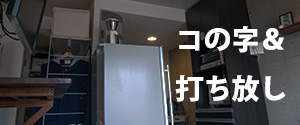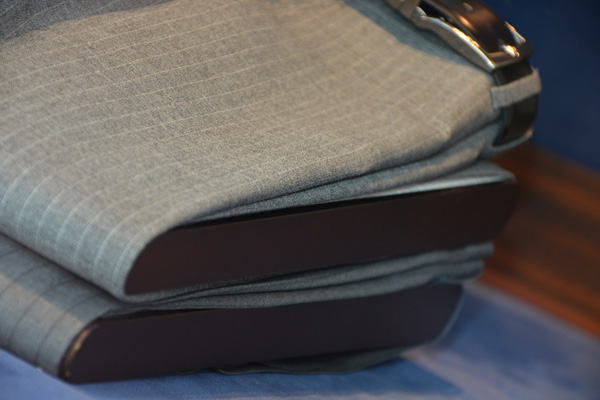
Following the previous Single Tailored Jacket, No.2 of the Fashion Knowledge Series is slacks which is familiar with business suit.
| Belt roop | 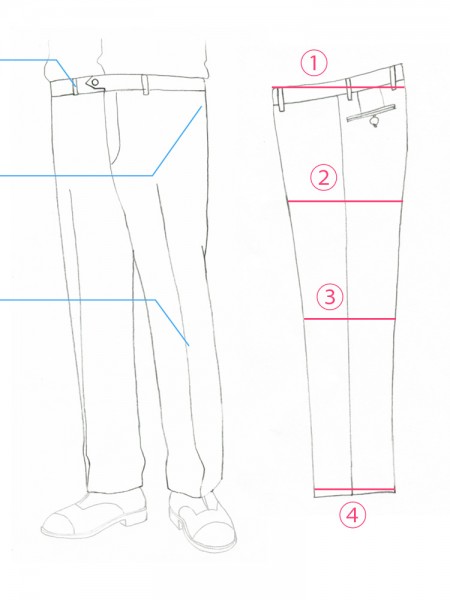 |
| Crease(Center Press) | |
Fittings
On the right is a drawing of Slacks folded by crease line, view from the side. Its silhouette will be determined by the width of each part.
- ①Waist
- Waist should be fitted so that you can put your palm. If it’s too loose, it’ll have crease when tightened with belt, if it’s too tight, pleat (tuck) or pocket will be opened.
- ②Width of crotchline
- It’s the width of the slacks at the hight of the leg.
- ③Width of Knee
- It’s the width of the slacks at the knee part.
- ④Width of Bottom
- It’s the width of hem. It is better to confirm the balance with the shoes.
The width of slacks become thinner from the waist to hem, and the slacks with even thinner width from knee to hem is called Tailored slacks.
Variation of details
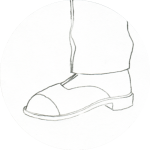
|
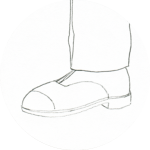
|
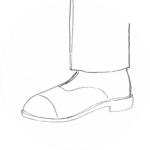
|
| Full break | Half break | No break |
The basic is full break and the less the breaks are, the more sporty(casual) slacks are. For example, if you wear mixed style with different jacket and pants and wish to lighten your foot, classic is double with no break.
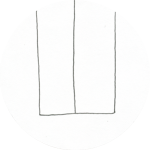
|
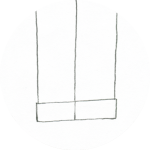
|
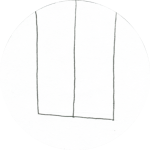
|
| Plain bottoms | Cuffed bottoms | Angled bottoms |
Plain bottoms is more dressy (formal) than Cuffed bottoms. Cuffed bottoms goes well with mixed style with different jacket and pants. Standard width of Cuffed bottoms is 4cm, but if you are tall you can make it wider to take balance.
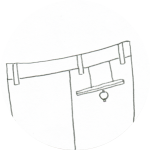
|
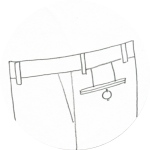
|
| Vertical Pocket | Forward-set Pocket |
Vertical has pocket opening at the same line as side stitching. Vertical is more dressy (formal.)
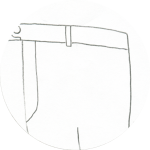
|
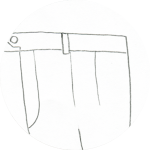
|
| No pleats | Pleated |
Whether the hem is single or double is a big difference. By knowing which is more dressy, you can choose depending on the situation such as a double slacks for mixed style with different jacket and pants and a single for dark suits.




